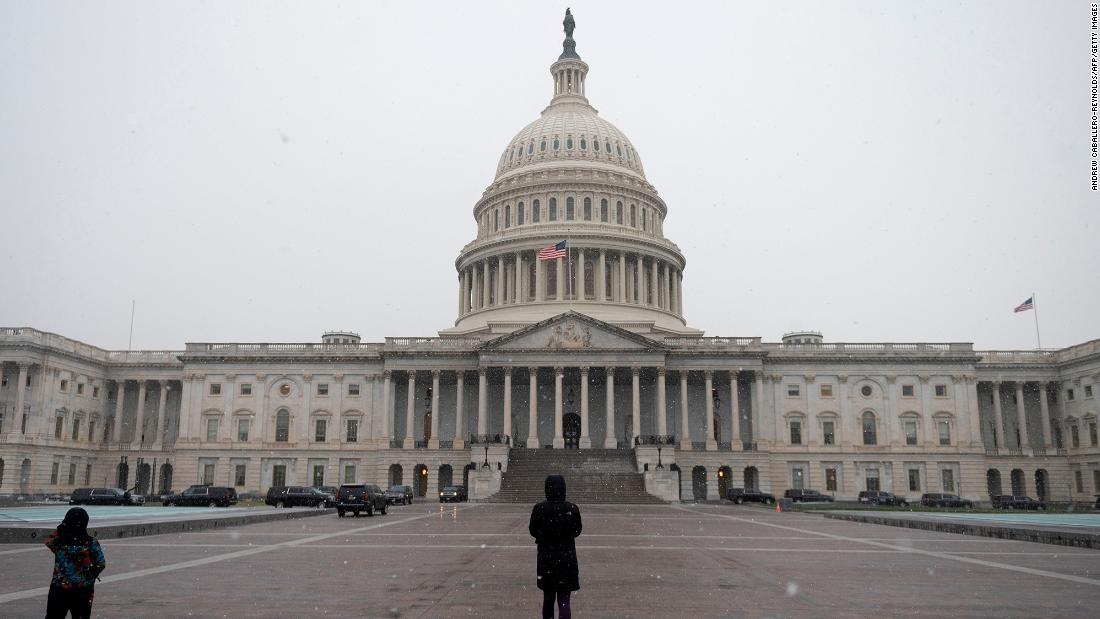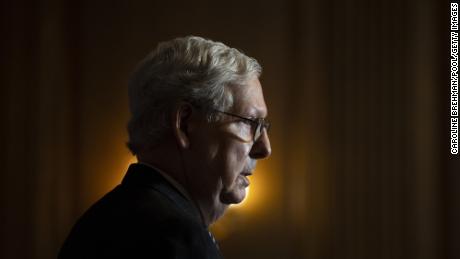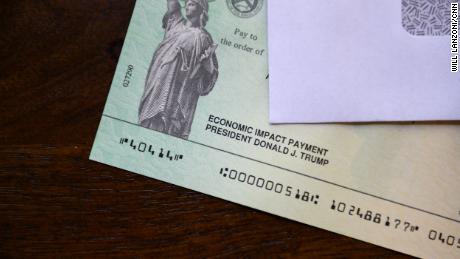Here’s what’s in the second stimulus package
Eligible families will receive an additional $600 per child — which is $100 more than Congress gave families in the first round of relief last spring.
The payments start phasing out for individuals with adjusted gross incomes of more than $75,000, and those making more than $99,000 will not receive anything. The income thresholds are doubled for couples.
The amounts will be based on 2019 incomes. Those who filed their 2019 tax returns will receive their money automatically, as well as Social Security recipients and those who uploaded their bank account information using the IRS’s online portal to receive their first payments.
Undocumented immigrants who don’t have Social Security numbers remain ineligible for the payments. But in a change from the first round, their spouses and children are now eligible as long as they have Social Security numbers.
Unemployment benefits
The jobless will receive a $300 weekly federal enhancement in benefits through March 14. The amount is half of the earlier federal boost, which ran out at the end of July.
Because Trump waited until Sunday to sign the legislation, many out-of-work Americans may only get 10 weeks of augmented payments, instead of 11 weeks.
The Pandemic Unemployment Assistance program initially expanded jobless benefits to gig workers, freelancers, independent contractors, the self-employed and certain people affected by the coronavirus for up to 39 weeks. The Pandemic Emergency Unemployment Compensation program provided an additional 13 weeks of payments to those who exhaust their regular state benefits.
Both programs will now close to new applicants on March 14, but continue through April 5 for existing claimants who have not yet reached the maximum number of weeks.
Also, the measure provides a federally funded $100 per week additional benefit to those who have at least $5,000 in annual self-employment income but are disqualified from receiving Pandemic Unemployment Assistance because they are eligible for regular state unemployment benefits.
In addition, the package gives states the authority to waive overpayments in cases where the claimant is not at fault.
The final agreement is less generous than the original bipartisan deal that was released earlier this month. It would have provided 16 weeks of enhanced payments and pandemic benefits.
The package also continues full federal financing of extended benefits through mid-March, providing up to 20 additional weeks of payments depending on a state’s unemployment rate. Typically, states and the federal government split the tab. Fewer than two dozen states now offer extended benefits because of the improving economy.
Small business loans
The second loans will be limited to those with fewer than 300 employees that have seen drops of at least 25% of their revenue during the first, second or third quarter of 2020. It also reduces the amount a borrower can receive from $10 million to $2 million, gives businesses more flexibility on how they spend the money and simplifies the forgiveness process for loans under $150,000.
It carves out $12 billion for minority-owned businesses. It also expands eligibility to more nonprofits as well as local newspapers, TV and radio broadcasters.
Grants for theaters and other live venues
The package creates a $15 billion grant program for live venues, theaters and museum operators that have lost at least 25% of their revenues.
The initial grant can total up to $10 million per eligible business. A second grant, worth half the amount of the first, may also be available.
The money will be for specified expenses such as payroll costs, rent, utilities and personal protective equipment.
During the first 14 days of the program’s implementation, grants will be awarded to those who have faced 90% revenue losses. Then, those who have experienced at least 70% revenue losses will be eligible during the next two weeks. After the first month of the program, any other eligible businesses can receive grants.
Funding for schools and child care
An additional $10 billion is included to support child care providers that have struggled because of the pandemic.
Rental assistance
It extends until January 31 the eviction protection set to expire at the end of the year. It also provides $25 billion in rental assistance for individuals who lost their sources of income during the pandemic.
Nutrition assistance
The package raises SNAP benefits by 15% for six months but does not expand eligibility. This is more generous than the original bipartisan agreement from earlier in December, which called for a four-month increase.
Democrats have advocated for augmenting the Supplemental Nutrition Assistance Program, or SNAP, as food stamps are formally known, since the pandemic began, but the provision never made it into prior relief packages.
The package sends $400 million to food banks and food pantries through The Emergency Food Assistance Program.
It also provides $175 million for nutrition services for seniors, such as Meals on Wheels, and $13 million for the Commodity Supplemental Food Program, which serves more than 700,000 older Americans monthly.
Vaccine and hospital funding
It provides $20 billion for the purchase of vaccines so they can be available at no charge for those who need it, as well as another $8 billion for vaccine distribution.
It also gives states $20 billion to assist with testing.
And it adds $3 billion to the $175 billion fund for hospitals and health care providers for reimbursement of health care-related expenses or lost revenue resulting from the pandemic. The original agreement would have given them another $35 billion.
Payroll tax repayment
Employers who are deferring their workers’ payroll taxes under Trump’s executive action from August now have until the end of 2021 to increase their employees’ withholding to pay back the taxes owed. Originally, the deferred amount had to be repaid by April 30.
What’s not included — state and local government funding
The provision had been among the most contentious of the negotiations. House Democrats had provided $875 billion in the relief bill that passed the chamber in May to help states and local governments struggling with lower tax revenues due to the pandemic.
But Republicans resisted allocating additional aid beyond the $150 billion provided in Congress’ $2 trillion relief bill in March, which could only be used for coronavirus-related expenses. GOP lawmakers said they don’t want to bail out states that have mismanaged their finances.
In a joint statement last week, House Speaker Nancy Pelosi and Senate Minority Leader Chuck Schumer pointed out that the final agreement provides emergency resources for schools, $27 billion for state highways, struggling transit agencies, Amtrak and airports, and $22 billion for health-related expenses of state, local, tribal and territorial government.
In addition, the legislation provides $2 billion to support intercity buses.
State and local officials had also asked to be able to use some of the funding to plug budget shortfalls.
This story has been updated with President Donald Trump signing the bill into law on Sunday night.
CNN’s Manu Raju and Clare Foran contributed to this report.
![]()






